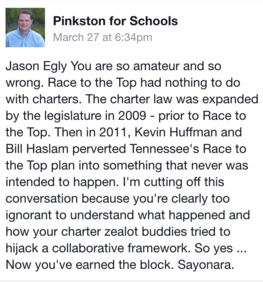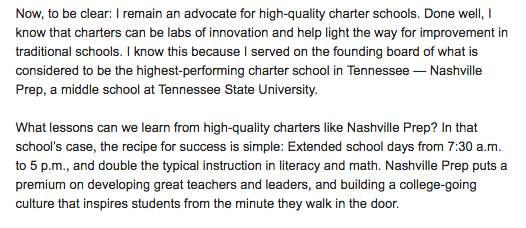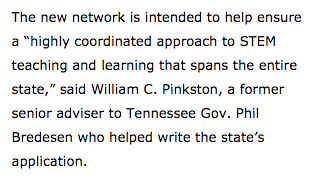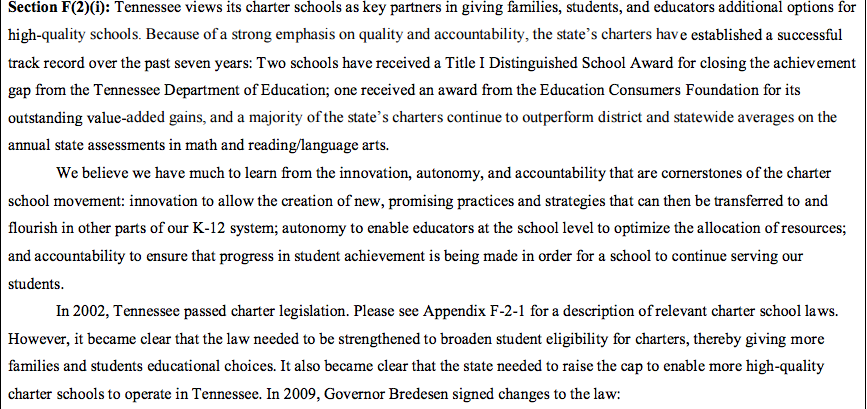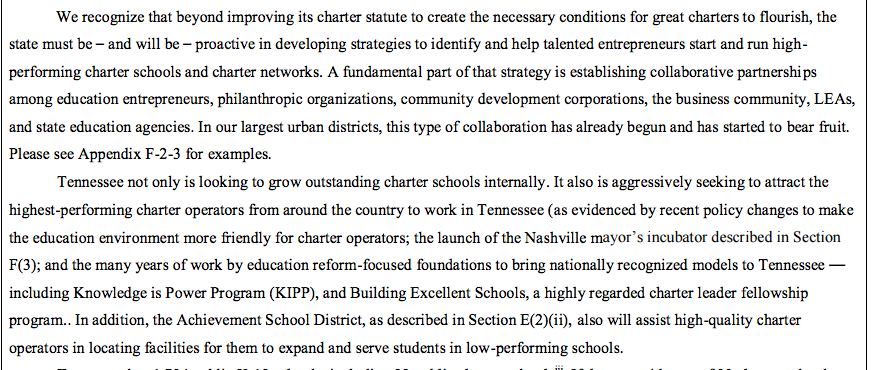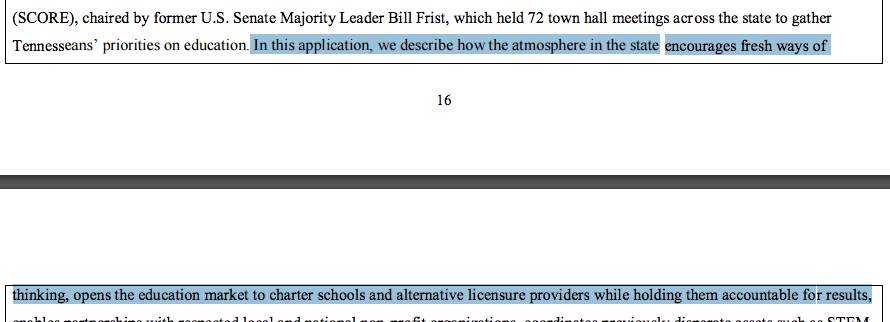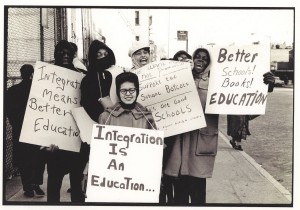According to a new index created in partnership with Education Cities and Great Schools, schools in Memphis have an achievement gap that is among the largest in the nation. However, data indicate a closing of the gap in recent years.
Here’s the press release:
According to the Education Equality Index (EEI), a first-of-its-kind tool released today, the achievement gap between students from Memphis’ low-income families and their more advantaged peers is significant, but also narrowing at one of the fastest rates in the nation. Between 2011 and 2014, Memphis’ achievement gap narrowed by 19 percent, meaning significantly more students from low-income families now have access to a more equal playing field.
“There is much to celebrate in Memphis, as the achievement gap is narrowing more quickly than in 90 percent of major U.S. cities,” said Ethan Gray, founder and CEO of Education Cities. “While we, as a nation, have a long way to go to ensure our most vulnerable children have the opportunities they need to thrive, we celebrate the many schools in Memphis that are closing the achievement gap, proving that greater equality is possible.”
The Education Equality Index is the first national comparative measure of the achievement gap at the school, city, and state levels, and identifies the regions where children from low-income communities are most likely to attend schools usually only available to their more advantaged peers. Funded by the Michael & Susan Dell Foundation and developed in partnership by the foundation, Education Cities, and GreatSchools, the EEI features school, city and state-level data covering the nation’s 100 biggest cities in 35 states.
The Education Equality Index also identifies the top 10 schools in Memphis with small or nonexistent achievement gaps that serve a student population where the majority are from low-income families. Power Center Academy Middle School and High School both rank among Memphis’ top 10 schools.
“Closing the achievement gap for me is knowing my daughter can attend college without taking remedial classes, without being challenged with social and study life,” said Memphis parent Angela King, whose daughter attends Power Center Academy Middle School. “She received a safe and nurturing education while focusing on her deficits. We feel privileged and honored to have been a part of a program that has holistically met the needs of my daughter and every scholar at PCAMS and PCAHS.”
Key findings from the Education Equality Index include:
- Memphis’ EEI score of 28.3 puts the city 70th out of the 100 largest cities in the U.S. for which data is available.
- The achievement gap in Memphis narrowed by 19 percent between 2011 and 2014, a pace quicker than 90 percent of major U.S. cities.
- Tennessee’s EEI score of 41.5 indicates that its statewide achievement gap is smaller than in 24 of 35 states for which data is available — including Kentucky and Missouri.
- The achievement gap in Tennessee narrowed by five percent between 2011 and 2014, meaning that today more students from low-income communities have access to schools that are helping them achieve at similar levels to their more advantaged peers.
The top 10 Memphis schools with small or nonexistent achievement gaps that serve a student population where the majority are from low-income families are:
- Delano Elementary School
- Ford Road Elementary School
- Freedom Preparatory Academy
- Hollis F. Price Middle College High School
- Jackson Elementary School
- John P. Freeman Optional School
- Middle College High School
- Oakshire Elementary School
- Power Center Academy (High School)
- Power Center Academy (Middle School)
As detailed in the EEI, there are hundreds of schools across the nation where low-income students are achieving at levels that match or even exceed their more advantaged peers — proving that all children can excel in school when given the opportunity.
“Equality of opportunity is an American ideal,” said Ethan Gray, founder and CEO of Education Cities. “The Education Equality Index shows that while we, as a nation, have a long way to go to ensure our most vulnerable children have the opportunities they need to thrive, there are schools in almost every city proving that equality is possible.”
This is the first in a series of releases intended to identify the practices that are closing the achievement gap at the quickest pace. To see more data from the Education Equality Index and use the interactive online tool, visit www.educationequalityindex.org.
|
| About Education CitiesEducation Cities is a non-profit organization that convenes, advises, and supports a network of cities in their efforts to increase the number of great public schools. Learn more at www.education-cities.org.
About GreatSchools
Founded in 1998, GreatSchools is a national, nonpartisan nonprofit helping millions of parents find high-quality schools, support great learning, and guide their kids to great futures. GreatSchools offers thousands of articles, videos, and worksheets to help parents support their children’s learning. Last year, GreatSchools had more than 56 million unique visitors, including more than half of all U.S. families with school-age children. Headquartered in Oakland, California, GreatSchools partners with cities and states across the country to promote access to school quality data to families, particularly those in high need. Through its GreatKids program, GreatSchools promotes parenting for education success and teacher-parent collaboration.
About the Michael & Susan Dell Foundation
The Michael & Susan Dell Foundation is dedicated to improving the lives of children living in urban poverty around the world. Headquartered in Austin, TX with satellite offices in New Delhi, India and Cape Town, South Africa, the Dell family foundation funds programs that foster high-quality public education and childhood wellness, and improve the economic stability of families living in poverty. The foundation has committed more than $1.2 billion to global children’s issues and community initiatives to date. Learn more at www.msdf.org. |
|
For more on education politics and policy in Tennessee, follow @TNEdReport

